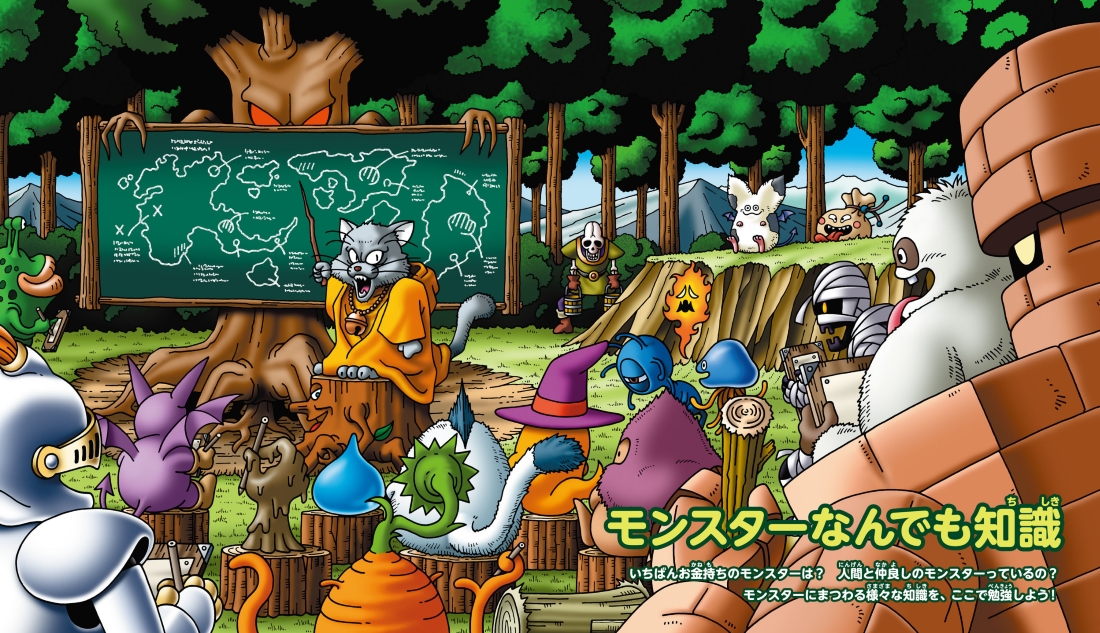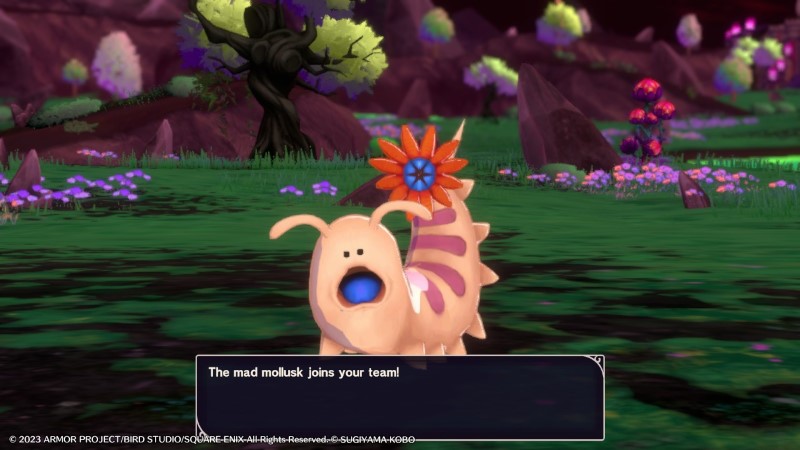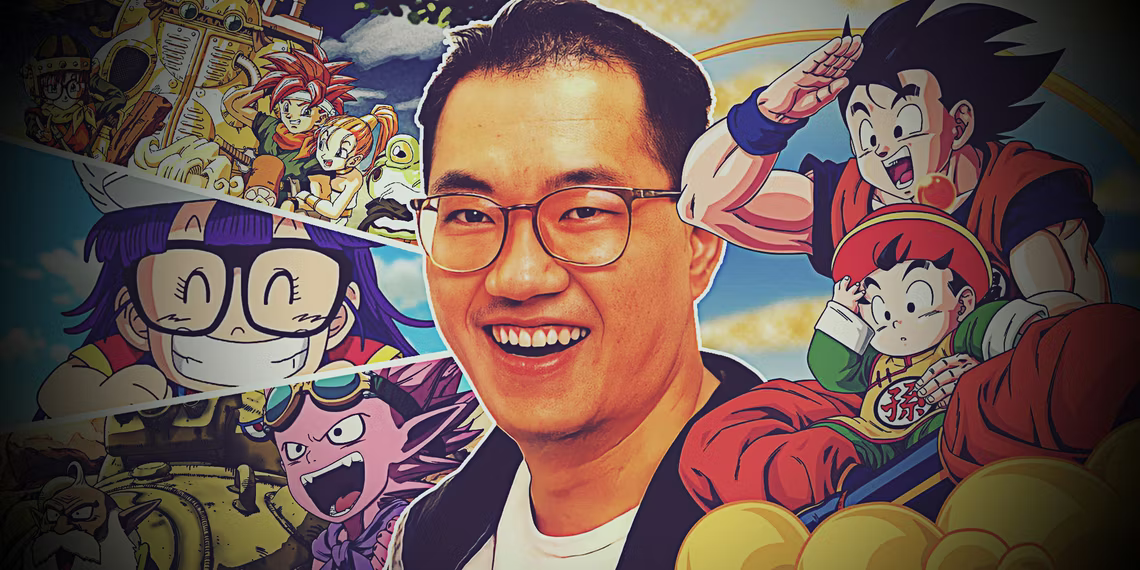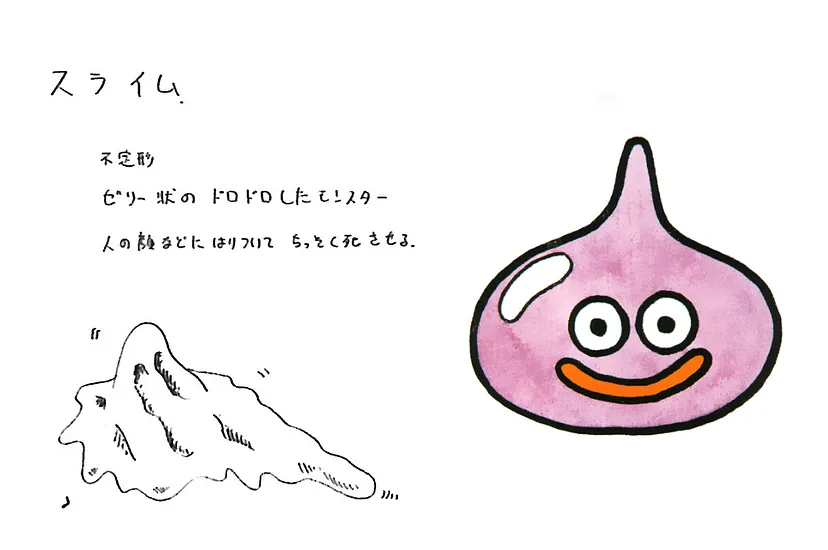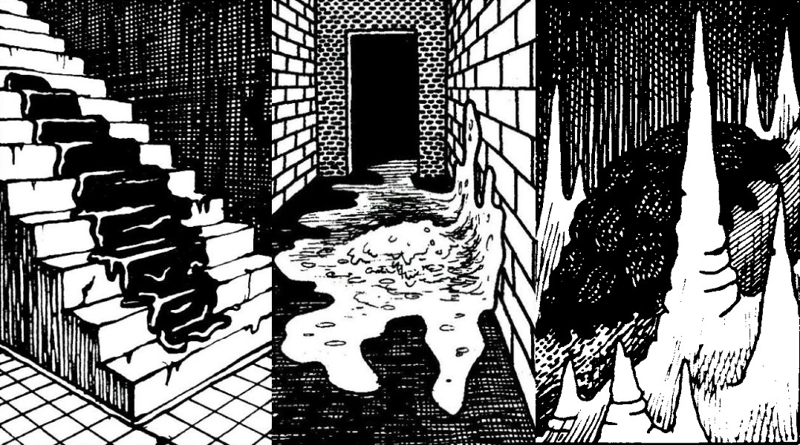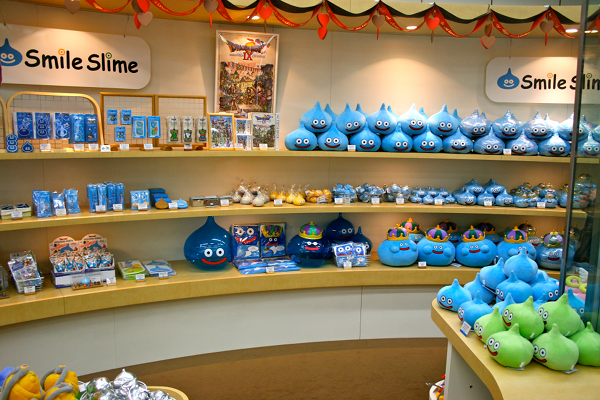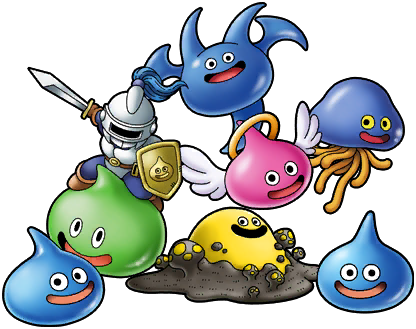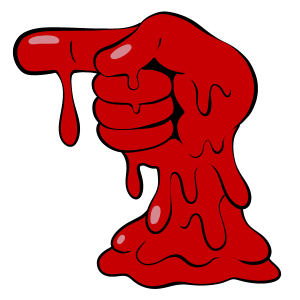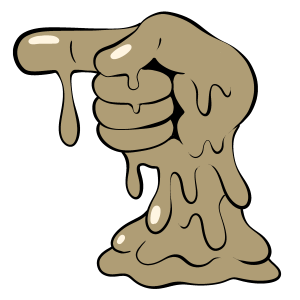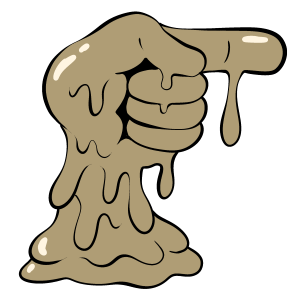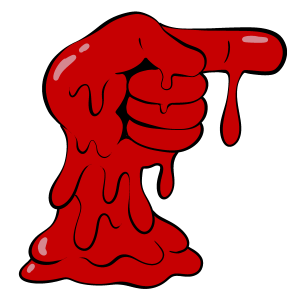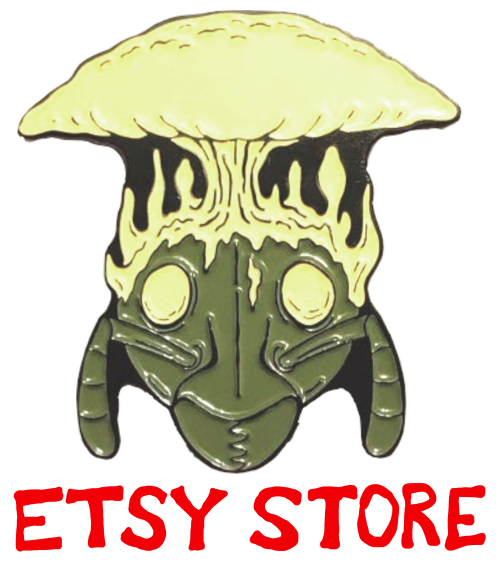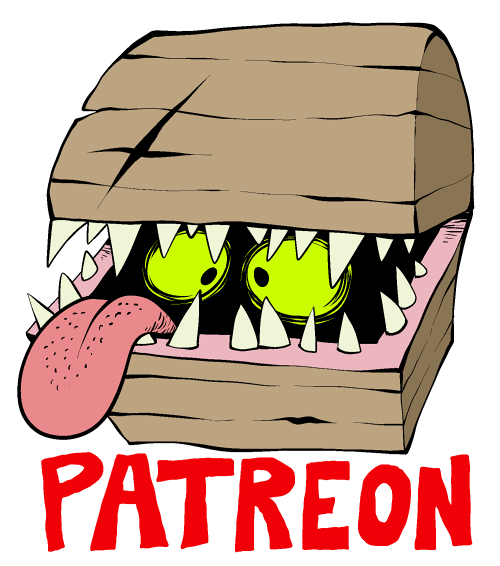Dragon Quest Monster Reviews, Day One: An Introduction
Countless decades ago, in 2014, I wrote a short (by my current standards) sweet list of my favorite monsters from 2001's Dragon Quest Monsters II, and talked a bit about how its strategy guide bestiary was a long time inspiration to me even without having played any Dragon Quest game myself.
And by the end of that post, I was lamenting the fact that the game's enormous 3DS remake was never localized. A monster catcher title that sounded so wonderful, I ultimately wouldn't bother picking up the series until Dragon Quest Monsters: The Dark Prince released on Nintendo Switch in 2023.
And by the end of that post, I was lamenting the fact that the game's enormous 3DS remake was never localized. A monster catcher title that sounded so wonderful, I ultimately wouldn't bother picking up the series until Dragon Quest Monsters: The Dark Prince released on Nintendo Switch in 2023.
This was a fun game, for sure. Addictive, colorful, beautifully animated, reasonably challenging and overall far superior to the latest Pocket Monster entries...but it was still no Dragon Quest Monsters II: Iru and Luca's Marvelous Mysterious Keys. The content of "Dark Prince" sadly still paled in comparison to even what little I'd ever been spoiled on, and perhaps ironically, my first Dragon Quest game would also be the very first in the "Monsters" series to leave out PRECISELY my top three favorite monsters.
I still put tens of hours into Dark Prince, I enjoyed every moment of it and I even resolved during that time to start reviewing individual creatures from the franchise as I already do Pokemon or Digimon, but I knew the game I was playing was a mere shadow of the heights already reached by its 3DS predecessor.
I still put tens of hours into Dark Prince, I enjoyed every moment of it and I even resolved during that time to start reviewing individual creatures from the franchise as I already do Pokemon or Digimon, but I knew the game I was playing was a mere shadow of the heights already reached by its 3DS predecessor.
...And then, the following spring, just as I was beginning to get my resources together, news broke of Akira Toriyama's sudden, unexpected passing at only 68 years old. Enough has been said about his gargantuan impact on modern culture, and while he's best known to most Western audiences for his humans, humanoid aliens and robots, I've known ever since Dragon Quest Monsters II: Prima's Official Strategy Guide that he had, in my honest opinion, an absolutely unbeatable eye for creature design.
Scary, beautiful, grotesque or ridiculous, there seemingly wasn't a single concept Toriyama couldn't turn into something aesthetically pleasing and creatively memorable. The first Dragon Quest innovated the entire console RPG genre as we know it, and perhaps it would have regardless of its art direction, but I doubt it would have ever endured in the public eye without Toriyama's designs, and to understand why, we must of course begin with the single most iconic figure in the series. There's nothing our first review could have had any right to focus on but, as you undoubtedly guessed,
Scary, beautiful, grotesque or ridiculous, there seemingly wasn't a single concept Toriyama couldn't turn into something aesthetically pleasing and creatively memorable. The first Dragon Quest innovated the entire console RPG genre as we know it, and perhaps it would have regardless of its art direction, but I doubt it would have ever endured in the public eye without Toriyama's designs, and to understand why, we must of course begin with the single most iconic figure in the series. There's nothing our first review could have had any right to focus on but, as you undoubtedly guessed,

THE SLIME
The development of the original Dragon Quest in 1985 was heavily inspired by the PC game Wizardry, which featured a Bubbling Slime as an early low-level monster. Dragon Quest creator Yuji Horii obviously had a good idea of what he was doing when he tapped a popular manga artist to illustrate his new game, but he knew he had struck gold when he sent Toriyama a simple, straightforward sketch of a goopy puddle and was sent back...this:
Maybe you don't see what the big deal is. Maybe you don't even like this as much as you would have liked an amoeba. You might say it's "just" a cartoon raindrop with a smiley face on it, or perhaps that it's the same generic "slime" you see in hundreds of other settings. But for those few who didn't know, this little marker drawing is precisely why you've seen similar in so much other media, and it was a downright wacky idea at the time.
See, Wizardry had lifted every basic principle of its gameplay and setting from Dungeons and Dragons, which at the time was only ten years old, and as far as anyone knows, Dungeons and Dragons was the very first setting to dump killer slime pools into the magical fantasy genre at all, having in turn lifted them from science fiction media like 1958's The Blob.
Slimes were still a fairly niche concept by the mid-80's, and had still only ever appeared as mindless, faceless forces of horror and disgust, intentionally devoid of personality or characterization. Reinterpreting the concept as a happy, candy-like dewdrop came from absolutely nowhere but Toriyama's head, and for all we know it took him only seconds to come up with, but it worked.
Slimes were still a fairly niche concept by the mid-80's, and had still only ever appeared as mindless, faceless forces of horror and disgust, intentionally devoid of personality or characterization. Reinterpreting the concept as a happy, candy-like dewdrop came from absolutely nowhere but Toriyama's head, and for all we know it took him only seconds to come up with, but it worked.
Almost as basic as a character can be, the Toriyama slime is a roundish lump with funny little circular eyes and a toothless, gaping smile, bearing only one simple addition to distinguish it from any kindergarten happy-face sticker or a modern emoji, and that's simply the way it tapers to a little point on top. Depicting a liquid goo monster as just a big raindrop shape with eyes is the kind of idea that seems almost stupidly obvious only in hindsight, but no matter how "easy" you think it is to come up with, you still didn't, did you? And if anybody did before Akira Toriyama, they certainly didn't get it out there in time to cash in on it first. Today, you can buy countless toys, snacks and household items in Dragon Quest Slime style, they've had spinoff games of their own and there are boatloads of slime subspecies in the franchise, with at least a few new varieties introduced in pretty much every new game. So many, it might more sense if we eventually review them in groups, rather than slime by slime, but it felt important to devote the first review entry to the one that started it all.
Whether you're a fan of the Dragon Quest series or you're one of the many outside of Japan who barely registered its presence, I hope you'll consider keeping up with this review series. I've discussed tens of thousands of creature designs on this website, but I can honestly say that the Dragon Quest world boasts the finest quality, most pleasingly diverse bestiary of any intellectual property I'm aware of, and one I'm as excited to start delving into it as I've ever been since I began this website.

